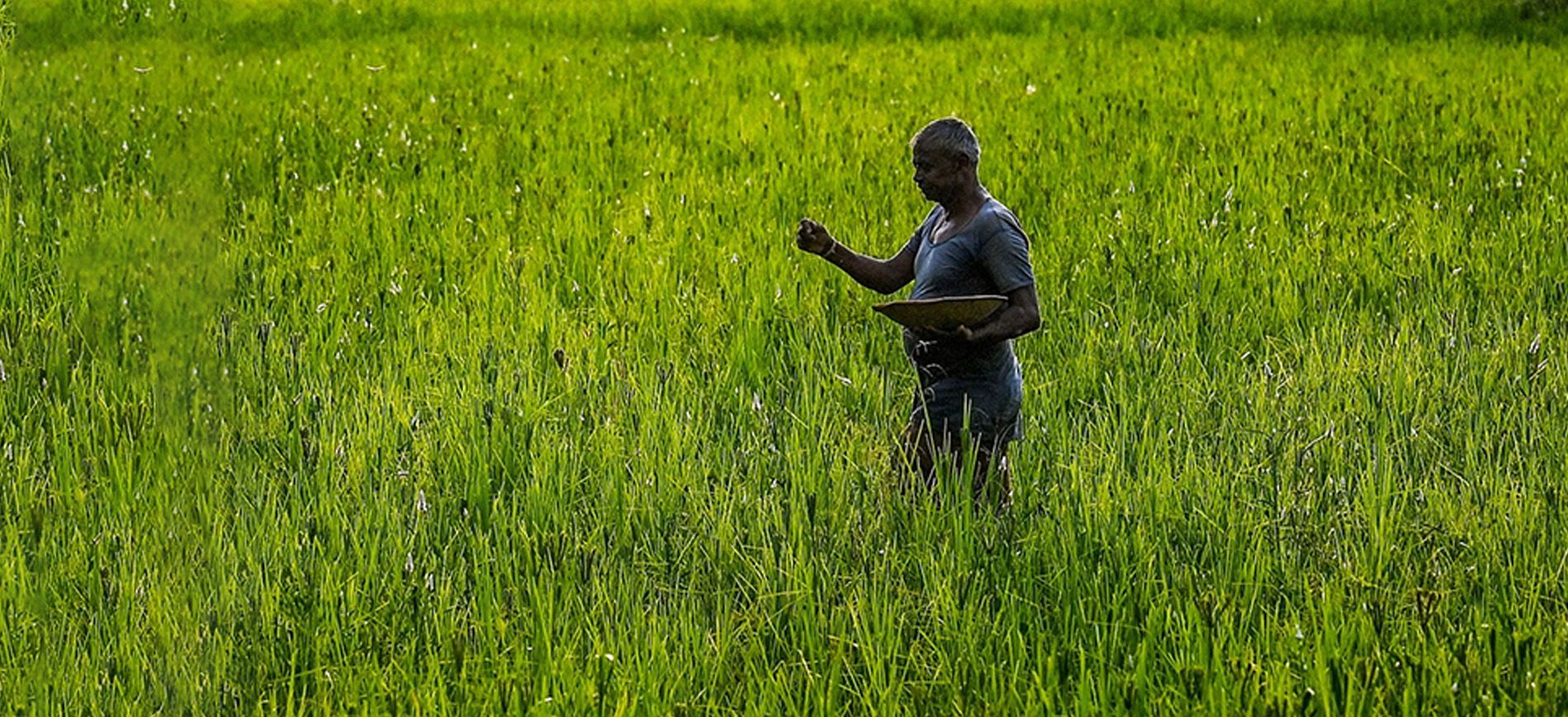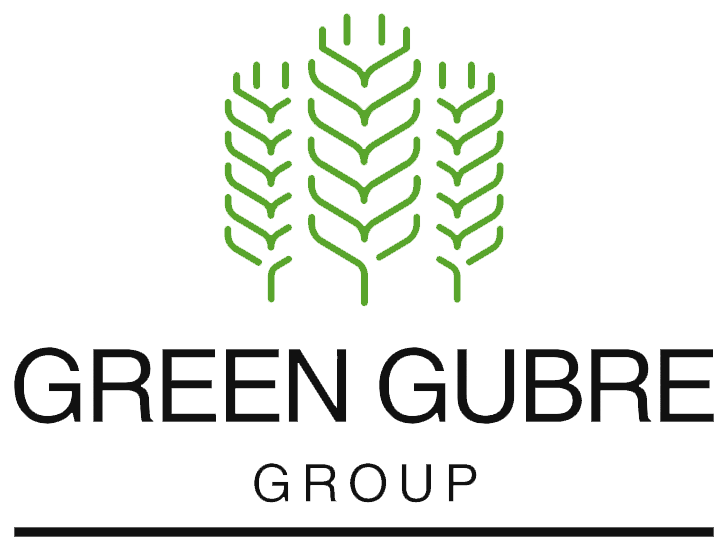Feeding East Asia – Fertilizer Demand and Innovation in a Region of Rising Food Needs
Feeding East Asia – Fertilizer Demand and Innovation in a Region of Rising Food Needs
East Asia, a region with over 1.6 billion people, faces a distinctive agricultural challenge. Feeding a vast and urbanizing population with limited arable land is a unique and pressing issue. Countries like China, South Korea, Japan, and Taiwan have long utilized advanced technologies to maximize agricultural productivity. However, the demand for fertilizers is rapidly evolving with changing dietary preferences, climate variability, and soil degradation.
This blog explores the rising need for fertilizers in East Asia, the dominant role of urea, NPK, and specialized blends, and how the latest innovations in nutrient management are helping countries in the region maintain food security in 2025 and beyond.

Rising Fertilizer Demand in East Asia: A Pressing Concern
The agricultural model in East Asia is shaped by:
Intensive land use due to limited farmland per capita.
High-input farming systems with a heavy focus on productivity per hectare.
Government-backed food security strategies include rice, wheat, fruits, and vegetables.
Key drivers of fertilizer demand:
Population pressure: Despite slowing population growth, urban migration has decreased available farmland, requiring more output per acre.
Changing diets: Increased meat, fruit, and vegetable consumption demands more feed grains and diverse crop production.
Soil fatigue: Over-farming and mono-cropping have led to nutrient-depleted soils, increasing the need for balanced fertilizer applications.
Key Fertilizers in Use: Urea, NPK, and Custom Blends
Urea (Granular and Prilled):
Remains the dominant nitrogen source, particularly for rice and wheat.
Countries like China are both major producers and consumers of urea.
Environmental concerns have prompted regulations to reduce overuse and shift to enhanced efficiency products.
NPK Blends (e.g., 15-15-15, 16-16-8):
Widely used in fruit and vegetable farming, particularly in Japan and Taiwan.
NPK consumption is rising due to increasing awareness of micronutrient deficiencies and balanced nutrition.
Specialized Micronutrient Fertilizers:
Zinc, boron, and sulfur-enriched fertilizers are gaining ground.
South Korea and Japan have led the adoption of precision nutrition to correct localized deficiencies.
The Science Edge: How East Asia Is Innovating to Meet Its Food Needs
East Asia is leading the way in agricultural innovation, leveraging science to enhance fertilizer efficiency and minimize environmental impact. This commitment is evident in various initiatives:
1. Enhanced Efficiency Fertilizers (EEFs):
- China is adopting urease and nitrification inhibitors to reduce nitrogen losses.
- Japan’s coated urea technologies offer slow release and lower volatilization.
2. Precision Fertilizer Application:
- East Asia's adoption of precision agriculture, which includes drone-based spraying, satellite monitoring, and AI-powered soil analysis, is a testament to the region's commitment to advanced technologies and targeted nutrient delivery.
- Precision agriculture adoption is highest in developed economies like Japan and South Korea.
3. Soil Health Restoration:
- Organic composting, biofertilizers, and green manure practices are being encouraged.
- National campaigns in China focus on soil fertility recovery in over-farmed regions.
4. Innovative Fertilizer Subsidy Programs:
- Governments are linking subsidies to nutrient use efficiency and climate-smart practices.
- Example: China’s Soil Testing and Formulated Fertilization Program encourages balanced fertilization based on actual nutrient demand.
Trade and Import Trends
While China is a net exporter of urea, countries like South Korea, Japan, and Taiwan rely on fertilizer imports.
East Asia sources NPK, potash, and specialty fertilizers from North Africa, Southeast Asia, and global markets.
CBAM regulations and sustainability benchmarks impact sourcing strategies, especially for EU-bound processed food exports and fertilizers.
Conclusion
East Asia is redefining fertilizer use by embracing innovation and sustainability. As the region grapples with rising food demands and tighter environmental regulations, the focus is shifting toward precision, balance, and science-driven application. With continued investment in smart agriculture, tailored fertilizers, and advanced technologies, East Asia is well-positioned to nourish its people and protect its soil for the future.




